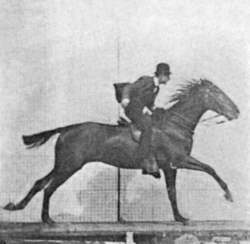This article needs additional citations for verification .(March 2019) |
The following list comprises significant milestones in the development of photography technology.
This article needs additional citations for verification .(March 2019) |
The following list comprises significant milestones in the development of photography technology.







from Helmut Gernsheim's article, "The 150th Anniversary of Photography," History of Photography, Vol. I, No. 1, January 1977: ... In 1822, Niépce coated a glass plate ... The sunlight passing through ... This first permanent example ... was destroyed ... some years later.
Eastman Kodak Co. is discontinuing the storied 74-year-old color film.